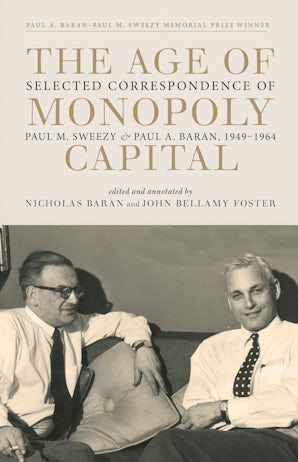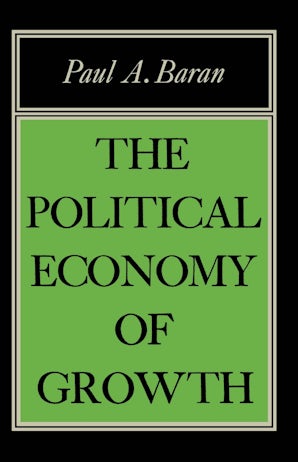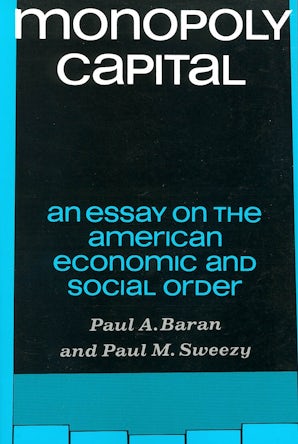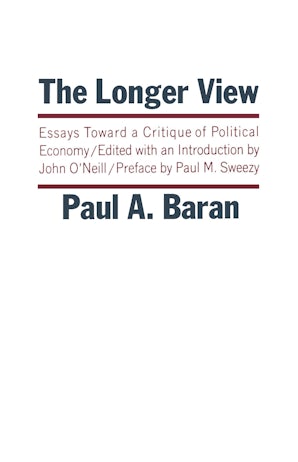Also in this issue
Books by Paul A. Baran
The Age of Monopoly Capital
Edited by John Bellamy Foster and Nicholas Baran
by Paul M. Sweezy and Paul A. Baran
Political Econ of Growth
by Paul A. Baran
Monopoly Capital
by Paul A. Baran
Longer View
by Paul A. Baran
Article by Paul A. Baran
- Freedom and Economics
- The Danger of Fascism in the United States: A View from the 1950s
- Listen to the Ecologists!
- The Ecological Crisis of Capitalism and Human Survival
- The Political Tragedy of Capitalist Rule
- The Puzzle of Financialization
- End of Cold War Illusions
- Monthly Review in Historical Perspective
- Oliver Cromwell Cox's Marxism
- The Quality of Monopoly Capitalist Society: Mental Health





